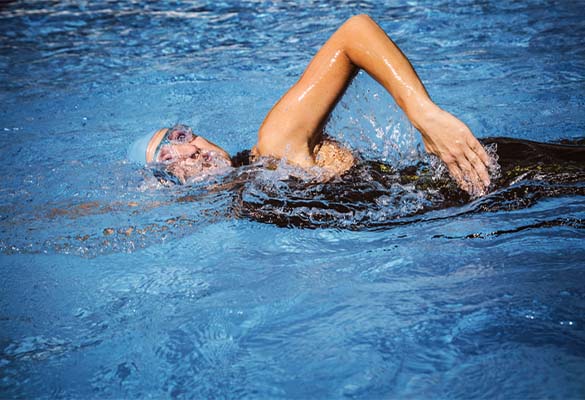nerve repair for head and neck reconstructive surgeons
Many head and neck procedures require the resection of hard and soft tissue, including nerve tissue, which often leads to loss of nerve function and diminished quality of life.1,2 Axogen can help head and neck surgeons restore form and function to patients with minimal morbidity and more consistent outcomes.
Trauma from injuries related to cuts, sharp objects, car crashes or workplace-related injuries may cause cranial nerve damage with varying degrees of nerve impairment. Likewise, many maxillofacial reconstruction procedures, like mandible reconstruction, may lead to a nerve deficit. Fortunately, there are surgical solutions available to repair the nerve and improve patient quality of life.
see mandible resection proceduresacting fast
When it comes to nerve injuries, early intervention is key. Studies have shown a high rate of success for trigeminal nerve microsurgery, especially when the nerve is repaired in 90 days or less from the date of injury.3
restoring sensory function
Maxillofacial reconstruction procedures, such as mandible reconstruction, require the resection of hard and soft tissue, including nerve tissue, leading to loss of neurosensory function. Immediate reconstruction of sensory nerves at the time of resection can lead to functional sensory recovery.3-6
improving quality of life
Nerve reconstruction is a vital part of providing the best possible outcome for your patients. Nerve repair helps restore function after damage due to hard and soft tissue ablation, neuroma formation, scar tissue formation or foreign debris.
more procedures
Learn more about other common procedures performed by head and neck reconstructive surgeons.
100%
of pediatric patients achieved FSR
100% of pediatric patients demonstrated functional sensory recovery (FSR) defined as Medical Research Council Scale of S3 or greater within one year following reconstruction of the inferior alveolar nerve (IAN) with Avance®.6
89%
of adult and pediatric patients achieved FSR
89% of Avance® patients demonstrated FSR within one year following reconstruction of the IAN in benign mandible construction.5
reproducible technique
Using nerve allograft with Connector-Assisted Repair® provides a reproducible operative technique for inferior alveolar and lingual nerve reconstruction.7
life-changing experiences, life-altering expertise


Fill out a short form to contact a rep and get more information about our nerve repair solutions.
Sign up for our newsletter to get the latest research, news and in-depth insights about nerve repair.
references
- Leung YY, et al. Trigeminal neurosensory deficit and patient reported outcome measures: the effect on quality of life. PLoS One. 2013;8(10):e77391.
- Pogrel MA, et al. Long-term outcome of trigeminal nerve injuries related to dental treatment. J Oral Maxillo Surg. Sep 2011;69(9):2284-2288.
- Zuniga J. Sensory outcomes after reconstruction of lingual and inferior alveolar nerve discontinuities using processed nerve allograft—A case series. J Oral Maxillofac Surg. Apr 2015;73(4):734-44.
- Salomon D, et al. Outcomes of immediate allograft reconstruction of long-span defects of the inferior alveolar nerve. J Oral Maxillofac Surg. Dec 2016;74(12):2507-2514.
- Zuniga JR, et al. A case-and-control, multi-site, positive controlled, prospective study of the safety and effectiveness of immediate inferior alveolar nerve processed nerve allograft reconstruction with ablation of the mandible for benign pathology. J Oral Maxillofac Surg. Dec. 2017;75(12):2669-2681.
- Miloro M, et al. Does immediate inferior alveolar nerve allograft reconstruction result in functional sensory recovery in pediatric patients? J Oral Maxillofac Surg. Nov 2020;78(11):2073-2079.
- Ducic I, et al. Reconstructive options for inferior alveolar and lingual nerve injuries after dental and oral surgery: an evidence-based review. Ann Plast Surg. Jun 2019;82(6):653-660.
